The Computex ’22 event has been the talk of the town ever since product rumors started floating around. While the event was indeed spectacular, AMD stole the spotlight.
AMD has unveiled their latest showcase; the upcoming low-end APU, codenamed Mendocino, will be launched in the second half of 2022.
Jason Banta, Corporate VP & GM, took the stage to announce the chipset and provided an overview to viewers worldwide.
He further explained,
Built on the same low-power, high performance 6nm technology as our award-winning Ryzen 6000 mobile product family, Mendocino offers up to a quad core 8 thread Zen 2 CPU, true RDNA2 graphics, LPPDR5 memory and cutting edge video Codecs to enable seamless collaboration across Zoom, Teams, and Google Meet.
Jason Banta
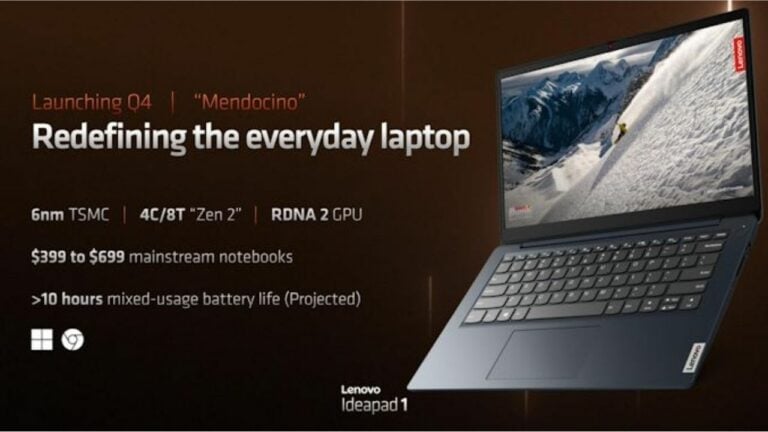
The chip is suited for “do-it-all Windows 11 Notebooks and Chromebooks”.
It will be priced somewhere between $399-$699.
AMD has always been accused of neglecting the low-end market since it has made a name for itself as one of the best top-rated processors.
The mobile APU is suggested to be jointly inspired by other low-end AMD devices. While still dealing with the chip shortage, AMD has figured out a tuned manufacturing process for Mendocino.
The LPDDR5 memory bus could either be 64-bit or 128-bit. The number of GPU cores is undisclosed, but it is rumored to be around the middle, not too high like the Radeon RX 6800 nor too low like the Radeon RX 560.
The most anticipated feature of the Mendocino is how the chip will accelerate video encoding and decoding for smooth video conferencing. It is a given fact that it will also support up to AV1 decoding, similar to the Ryzen 6000 Mobile.
AMD is also doing a lot to improve lower-end laptops’ battery life. One of Mendocino’s highlighted features is its battery life. AMD estimates a minimum of 10 hours of battery life based on mixed usage. However, given the specs, users can expect a battery life between four to six hours but not over 10.
Using Zen 2 for their products might be unusual since they are well into Zen 3 mobile products, but catering to the low-end market could be a significant factor. The Zen 2 hardware enables AMD to easily design an SoC based on pre-existing IP blocks.
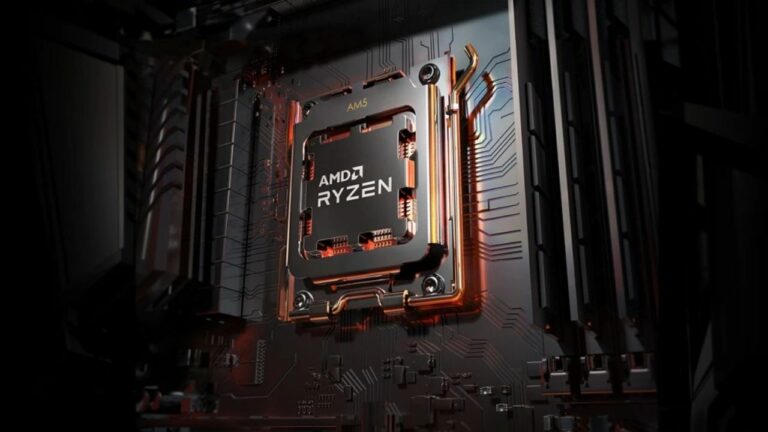
Many pointed out the similarities between the Mendocino and the Van Gogh. The latter is AMD’s Aerith APU, a semi-custom processor used in Steam Deck consoles. Both feature the same high-level architecture and design, with only a few differences, like the Aerith uses a 7nm process whereas Mendocino uses 6nm. At best, you can call the Mendocino a very minimalist Aerith.
Lenovo is already slated to use the Mendocino APU in their upcoming Ideapad 1 laptop, and AMD’s usual associate will soon follow through. We can expect more variants to come quickly.
AMD has set big goals for its Ryzen-powered notebook expansions ranging across different compartments. The company has planned 60+ enterprises, 50 high-performance, and 90 ultra-thin designs for the rest of 2022.
About Advanced Micro Devices
Advanced Micro Devices (AMD) is an American multinational semiconductor company headquartered in Santa Clara, California.
AMD develops computer processors and related technologies for business and consumer markets. AMD’s main products include microprocessors, motherboard chipsets, embedded processors and graphics processors for servers, workstations, personal computers and embedded system applications.
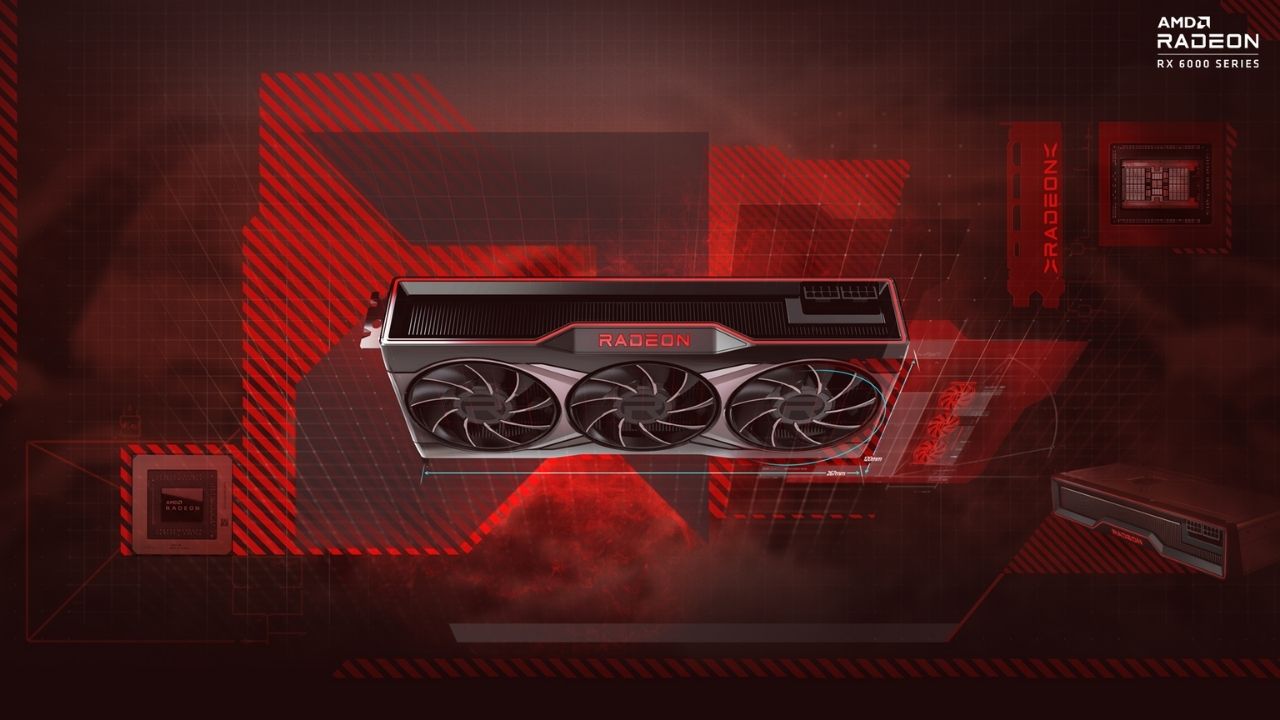

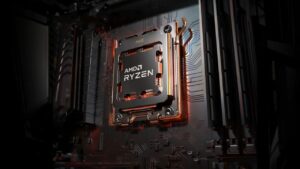

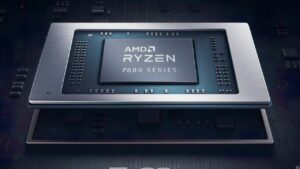
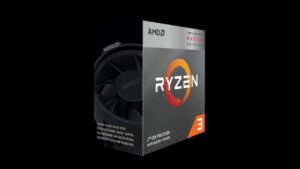

No Comments on AMD Unveils Mendocino – Making High Promises With A Low-End APU